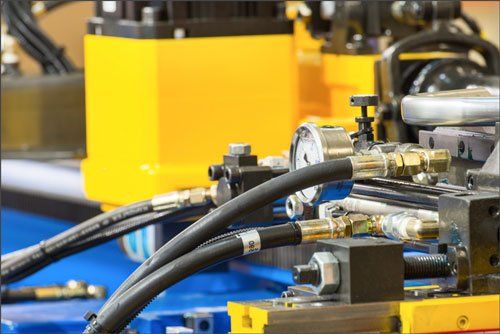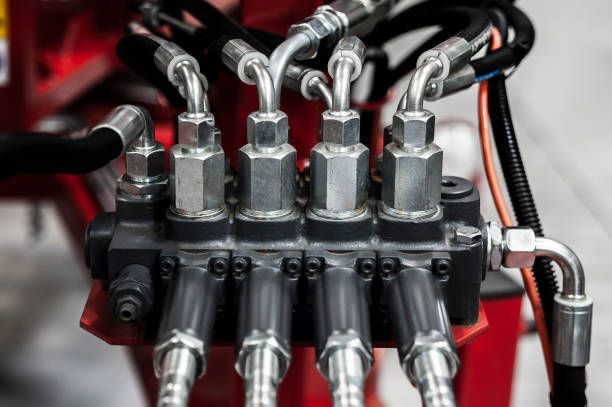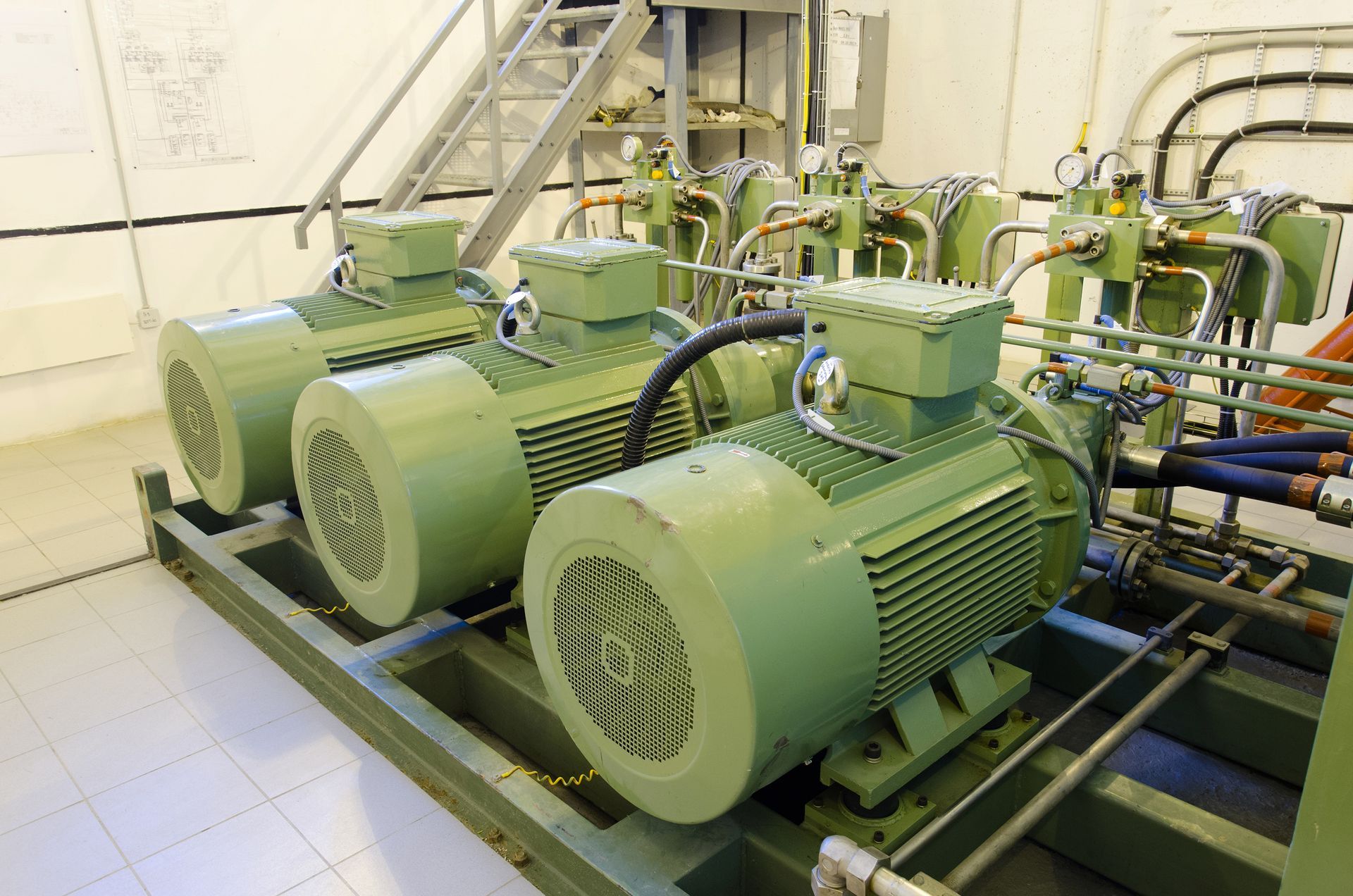3 Common Causes of Hydraulic Hose Failure
Hydraulic systems are one of the most versatile ways to generate mechanical force. They can be found everywhere from forklifts to automotive brakes to industrial processing machinery. Regardless of their particular purpose, virtually every hydraulic system relies on hoses as a way to move fluid from one part of the system to another.
While indispensable, hoses also tend to be one of the most damage and problem-prone parts of a hydraulic system. For that reason, anyone who regularly works with a hydraulic system should know how to recognize the basic signs of hose failure. If you would like to boost your hydraulic troubleshooting skills, keep reading. This article outlines three common causes of hose failure.
1. Blown Fitting
Hoses connect to your machinery by means of fittings. The outer portion of a fitting screws onto the threaded ports of your machinery. The inside of the fitting contains a threaded shell into which the hydraulic hose itself can then be threaded. A properly installed hose assembly forms a long lasting, leak-proof seal.
Unfortunately, however, problems often ensue from when installers fail to screw hoses into the fitting tightly enough. In that case, the high pressure of the hydraulic fluid can cause the end of the hose to blow off of the fitting. Both hose and fitting often suffer damage when that happens, necessitating that an entirely new assembly be installed.
Leaks and blown fittings may also occur as the result of a fitting that hasn't been tightened onto the machine's port tightly enough. Technicians can prevent both of these issues by using a torque wrench when installing fittings and hoses. A torque wrench allows you to measure the exact amount force being exerted on the fitting.
Using a torque wrench allows you to not only avoid blown fittings caused by under-torqueing, but also leaks and damage caused by over-torqueing. The ideal amount of torque varies from one component to another, meaning you must always carefully check the specs of the component you're working with.
2. Overheating
Hydraulic hoses routinely face high temperature conditions. These high temperatures may come from the inside of the tube, in the form of heat carried by the hydraulic fluid itself. They may also stem from the hose's exterior environment. Hoses that run alongside heavy machinery often absorb a lot heat during times of operation.
All hydraulic hoses have a temperature rating which indicates the maximum of heat they can withstand before suffering problems. Overheating often causes hoses to harden and become brittle, as plasticizers in the hose walls lose their inherent flexibility. A brittle hose stands a much greater chance of developing cracks and other forms of damage that can lead to leaks.
You can limit the chances of overheating by carefully selecting hoses that meet the general operating temperatures of your hydraulic system. Of course, even a well-selected hose will become brittle as time goes on. For that reason, you must be vigilant about regularly inspecting your hoses, replacing any aging ones as needed.
3. Ruptured Cover
The outside of a hydraulic hose consists of a heavy-duty rubber cover. Just below this lies a network of crisscrossed metal wires that add additional reinforcement. Finally, the inside of the hose consists of a separate rubber tube through which the hydraulic fluid flows.
The outer cover of a hose often suffers ruptures and tears as the result of rubbing against nearby parts of the hydraulic system. Nearby machinery, brackets, and even other hoses can cause a cover to rupture as the result of friction. Hoses that have suffered such damage must be replaced. To ensure that the problem does not recur, the new hose should be re-routed or covered with a protective sleeve.
A failed hydraulic hose can lead to serious problems for your equipment. For more information about what it takes to keep your hoses in the best possible shape, please contact the pros
at Quad Fluid Dynamics, Inc.



